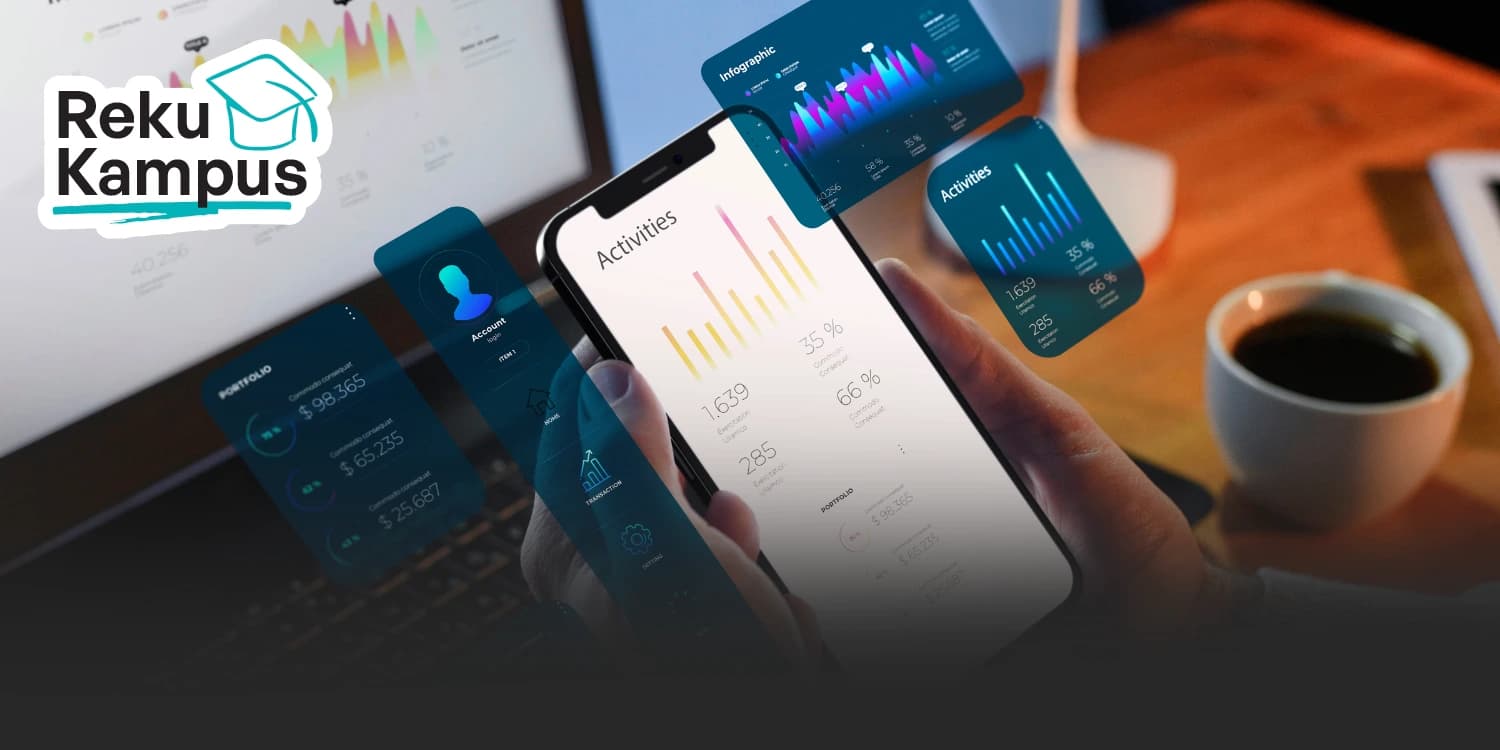Staking vs. Mining, Which is Better for Growing Crypto Assets?
The world of digital assets is growing rapidly. Amid increasing interest in cryptocurrencies, many people are looking for ways to generate passive income from their holdings. Two of the most common methods are staking and mining. But the question is, when it comes to staking vs. mining, which is more profitable and suitable for you?
This article will dive deep into staking vs. mining, covering their definitions, how they work, their benefits, and the risks of each method. The goal? To help you make an informed decision that aligns with your objectives and risk profile.
What is Staking?
Staking is the process of “locking” a certain amount of crypto assets in a blockchain network that uses the Proof of Stake (PoS) mechanism. In return, you receive periodic rewards in the form of additional crypto assets. The more crypto you stake, the greater the potential returns you can earn.
Examples of networks that support staking include Ethereum (post-Merge), Cardano, Solana, and Polkadot. Staking is typically done directly from a digital wallet or through exchange platforms like Reku, Binance, or Kraken.
Advantages of staking:
- No need for expensive hardware
- Environmentally friendly (low energy consumption)
- Easier for beginners to participate
What is Mining?
In contrast, mining is the process of verifying transactions in a blockchain that uses the Proof of Work (PoW) mechanism. This process involves high-powered computers solving complex algorithms. As a reward, miners receive newly minted crypto assets, such as Bitcoin.
Mining typically requires specialized mining rigs with GPUs or ASICs and consumes significant amounts of electricity. As a result, mining is now predominantly carried out by large companies or mining communities with substantial capital.
Advantages of mining:
- Suitable for major cryptocurrencies like Bitcoin
- Offers full control over hardware and networks
- Remains a primary choice for PoW networks
Differences Between Staking and Mining
To better understand staking vs. mining, here’s a comparison of their key aspects:
| Aspect | Staking | Mining |
| Mechanism | Proof of Stake | Proof of Work |
| Hardware | No special equipment needed | Requires GPUs/ASICs |
| Energy | Low | High |
| Initial Cost | Relatively low | High |
| Risk | Lower (depending on the project) | High (electricity & hardware costs) |
| Returns | More stable | High potential, but volatile |
From this comparison, staking appears more beginner-friendly and accessible for retail investors, while mining is better suited for those with significant capital and a deep understanding of mining technicalities.
Factors to Consider
Before choosing between staking and mining, consider the following key factors:
1. Initial Capital
If you have limited capital, staking is the better entry point. However, if you can afford the costs of hardware and electricity, mining could be more profitable in the long term.
2. Technical Expertise
Staking requires only a basic understanding of digital wallets and exchange platforms, while mining demands more in-depth technical knowledge.
3. Environmental Impact
If you care about your carbon footprint and energy efficiency, staking is clearly the more environmentally friendly option compared to mining.
4. Type of Crypto Asset
Some cryptocurrencies can only be mined (e.g., Bitcoin), while others can only be staked. Choose a strategy based on the assets you hold.
Which is More Profitable: Staking or Mining?
Staking generally offers more stable and predictable returns, depending on the Annual Percentage Yield (APY) provided by the network. Mining profits, on the other hand, depend heavily on factors like asset prices, electricity costs, and network difficulty.
Overall, for beginner and intermediate investors, staking is a more practical, cost-effective, and profitable option in the long term. Mining, however, is better suited for users with significant resources who want to dive deep into blockchain technicalities.
In the world of digital assets, both staking and mining offer significant opportunities for generating passive income. However, each has different approaches and requirements.
Through this discussion of staking vs. mining, it’s clear that staking is more suitable for those seeking an easy and low-risk way to invest. Mining, while requiring a larger investment, can yield high returns if executed well.
So, which strategy will you choose? Understand your financial goals, risk profile, and the crypto assets you hold before making a decision.
Indonesian Crypto App for Staking and Trading
Join millions of other users on Reku, an Indonesian crypto app offering secure crypto staking and trading features. Download the Reku app now and start investing!

